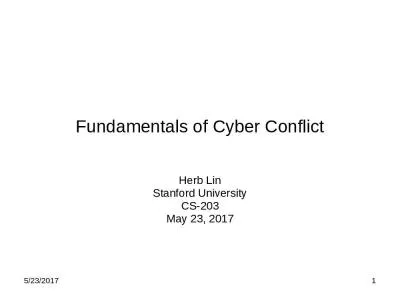PPT-Cyber Operations Battlefield Web Services (COBWebS)
Author : dollumbr | Published Date : 2020-06-24
Concept for a Tactical Cyber Warfare Effect Training Prototype 2015 Fall SIW Orlando Henry Marshall Science amp Technology Manager Army Research Laboratory ARL
Presentation Embed Code
Download Presentation
Download Presentation The PPT/PDF document "Cyber Operations Battlefield Web Service..." is the property of its rightful owner. Permission is granted to download and print the materials on this website for personal, non-commercial use only, and to display it on your personal computer provided you do not modify the materials and that you retain all copyright notices contained in the materials. By downloading content from our website, you accept the terms of this agreement.
Cyber Operations Battlefield Web Services (COBWebS): Transcript
Download Rules Of Document
"Cyber Operations Battlefield Web Services (COBWebS)"The content belongs to its owner. You may download and print it for personal use, without modification, and keep all copyright notices. By downloading, you agree to these terms.
Related Documents

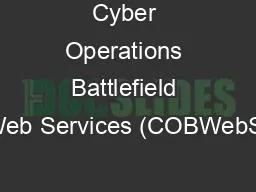
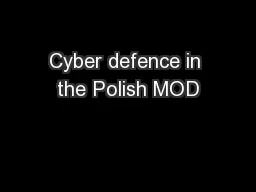
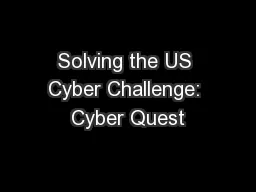
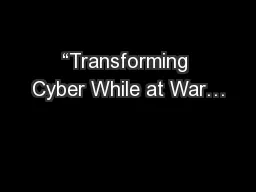

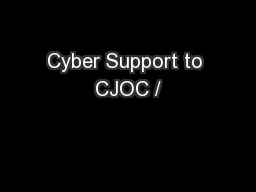
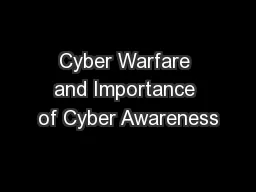
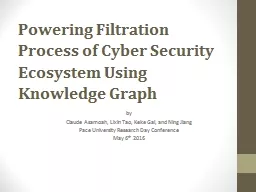
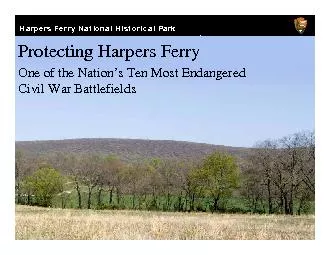
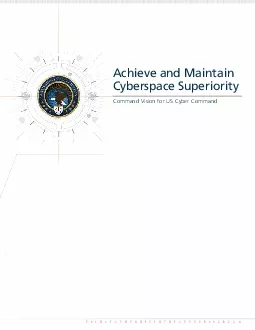
![[eBOOK]-Beginners guide to Hacking and Cyber Security (Comprehensive introduction to Cyber](https://thumbs.docslides.com/986748/ebook-beginners-guide-to-hacking-and-cyber-security-comprehensive-introduction-to-cyber-law-and-white-hat-operations-written-by-former-army-cyber-security-agent-information-technology-book-1.jpg)
![READ [PDF] Only Cry For the Living: Memos from the ISIS Battlefield](https://thumbs.docslides.com/1019704/read-pdf-only-cry-for-the-living-memos-from-the-isis-battlefield.jpg)

